
An N- terminal motif in NLR immune receptors is functionally conserved across distantly related plant species (bioRxiv)
Plant Science Research WeeklyPlants have robust NLR (nucleotide-binding, leucine-rich repeat proteins) immune signaling networks consisting of sensor NLRs and helper NLRs that counteract diverse plant pathogens by inducing cell death at sites of pathogen infection. A recent preprint by Adachi et al. has defined an N terminal motif…

A calmodulin-gated calcium channel links pathogen patterns to plant immunity ($) (Nature)
Plant Science Research WeeklyCalcium ions mediate calcium-based defense responses in pattern triggered immunity (PTI) upon detection of pathogen patterns by plant surface receptors. A new study by Tian et al. has elucidated the molecular events that activate the calcium response. The authors show that adequeate calcium nutrient…
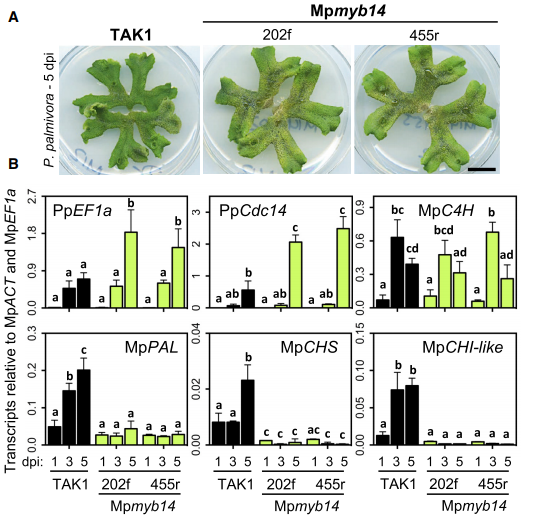
Conserved biochemical defenses underpin host responses to oomycete infection in liverwort (Curr Biol)
Plant Science Research WeeklyMarchantia polymorpha is an emerging model for plant molecular biology and has contributed to studies on development and plant-microbe interactions. Here, using RNA-seq and proteomics, Carella et al. present a detailed time-course analysis of Marchantia molecular responses to pathogen infection triggered…
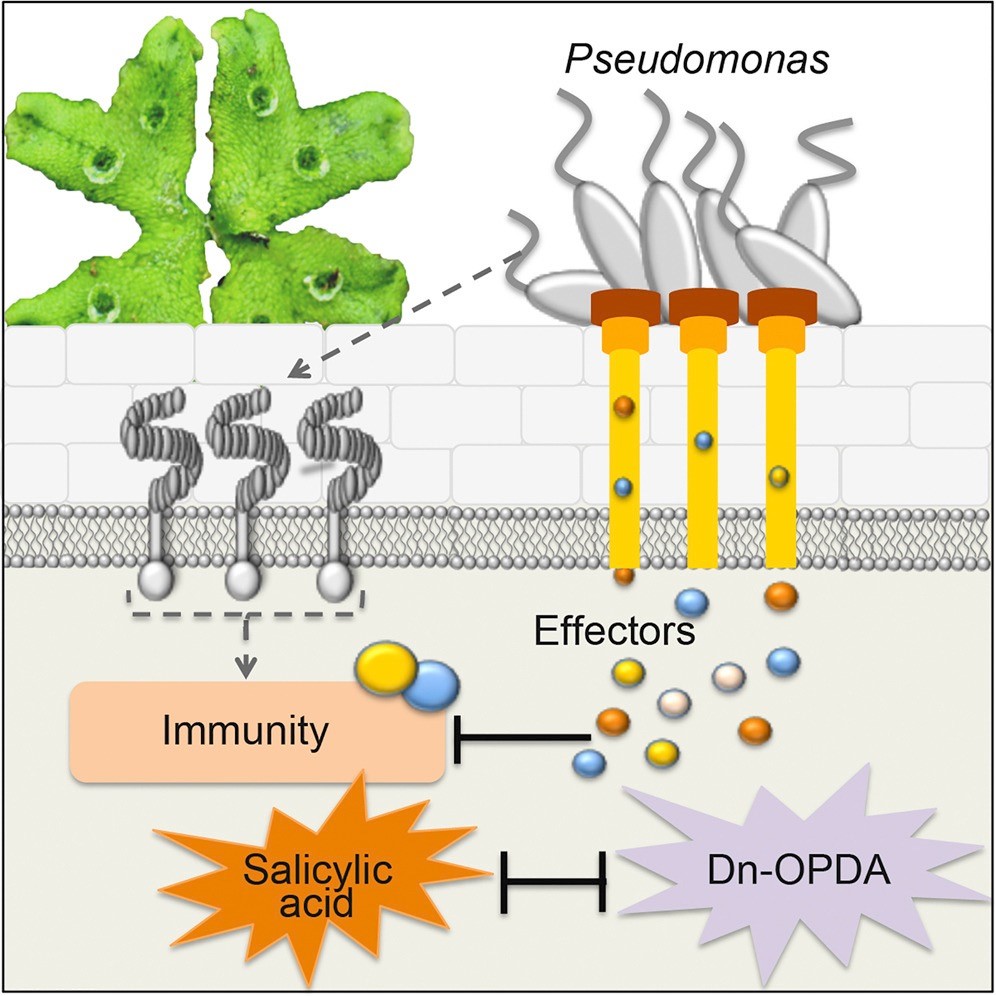
A liverwort-Pseudomonas interaction reveals an ancient plant defensive mechanism (Curr Biol)
Plant Science Research WeeklyPlants are sessile organisms that have evolved sophisticated immune systems in defense of pathogens, thus maximizing the chance of survival. Most of our understanding of plant defenses comes from studies in angiosperms. Evolutionary molecular plant-microbe interactions (EvoMPMI) can reveal the origins…
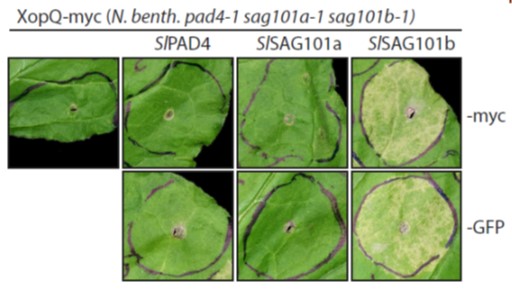
The EDS1-SAG101 complex regulates TNL-based immunity in Solanaceous plants (Plant Cell)
Plant Science Research WeeklyMicrobial pathogens secrete virulence effector proteins into host cells to suppress basal plant defenses. Plant resistance (R) receptors induce robust immune signaling after directly or indirectly detect such effector-mediated host manipulation. In Arabidopsis, immunity transduced through many TNL (TIR-NBS-LRR)…
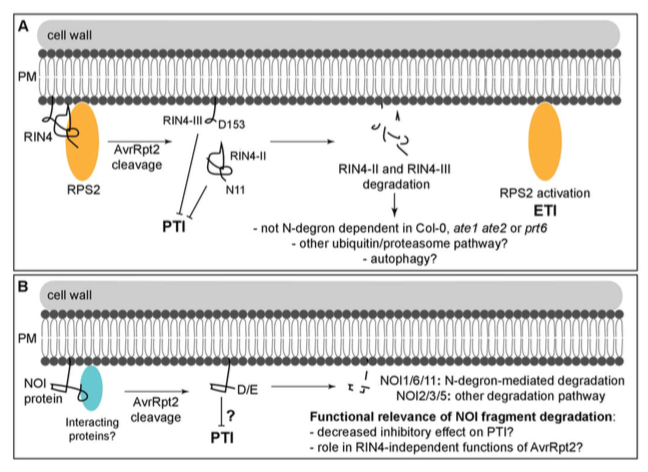
RIN4/NOI fragments utilize different N-end rules of degradation to fight off pathogens (Plant Physiol)
Plant Science Research WeeklyTo fight off invading pathogens, plants such as Arabidopsis are intrinsically programmed with a subset of defense responses often known as pattern-triggered immunity (PTI) and effector-triggered immunity (ETI). AvrRpt2, an effector secreted by the pathogen Pseudomonas syringe, is a protease that can…

PEN3 and PDR12 secrete camalexin to the apoplast to limit pathogen growth in Arabidopsis (Plant Cell)
Plant Science Research WeeklyPhytoalexins are important antimicrobial compounds that plants synthesize to fend off invading pathogens. In the Brassica family, the tryptophan (trp)-derived phytoalexin ‘camalexin’ provides broad-spectrum resistance against bacterial, fungal, and oomycete pathogens. The regulation of camalexin…
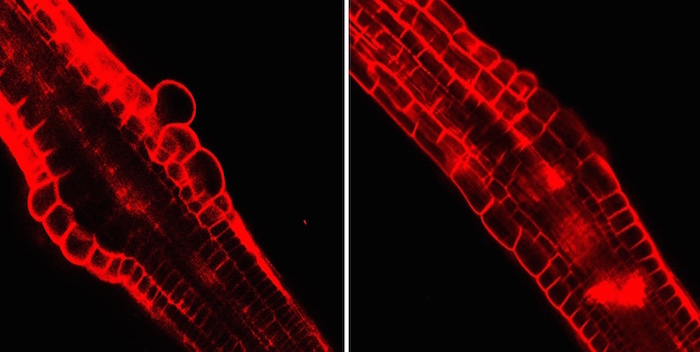
Immunity-growth Trade-off in Plants
Research, The Plant Cell, The Plant Cell: In a NutshellJing et al. reveal how danger-associated peptides inhibit root growth in plants in response to pathogen attack. Plant Cell (2018) https://doi.org/10.1105/tpc.18.00145.
Background: Plants defend themselves against pathogens and pests through an innate immune system that is activated by pathogen-associated…

Review: Plant immunity, refining the model (Trends in Plant Sci and Curr Opin Plant Biol)
Plant Science Research WeeklyInteractions between plants and microorganisms occur in many different ways and on many different levels. Scientists have been attracted to this field of research because of the need to identify the agents causing infectious diseases in economically important crops. Models have been developed to describe…

